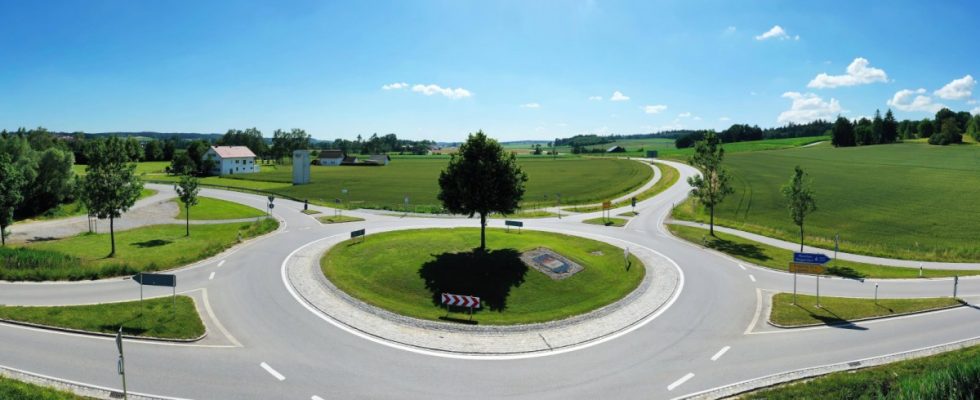When it comes to the new state development program (LEP), which officially comes into force this Thursday, no word is harsh enough for the Greens. “Retrospective” and “not a trace of foresight,” says the head of the Greens parliamentary group, Ludwig Hartmann. With the current update, which officially comes into force this Thursday, the state government is “proving once again that it has no solutions for the challenges of our time and is continuing to think in the old way”. Hartmann’s demand is to scrap the LEP as it is now and to develop a completely new one.
Of course, Hartmann’s rhetoric is also due to the election campaign. The new state parliament will be elected on October 8. For some time now, the Greens have been languishing two to three percentage points below their 2018 result. That’s why they have to score now. On the other hand, Hartmann can refer to practically the entire state planning professional world in his slating. A broad alliance of business associations, municipalities, academies, architects, engineers and conservationists has expressed itself just as critically as the Green politician in the past few weeks.
As an example, Hartmann speaks of three “omissions”, as he puts it. Example one is drinking water protection. For years there has been a lot of criticism that the water protection areas in Bavaria are too small. In fact, at five percent, their share of the state area is much lower than in most other federal states – nationwide it is twelve percent. Instead of expanding the water protection areas, however, the CSU and Free Voters in the LEP even wanted to push through easing drinking water protection – until Prime Minister and CSU boss Markus Söder collected the demands.
Example two is the long-running surface attack. In the new LEP, the state government is reversing some relaxations for the designation of new commercial areas. But experts are convinced that this is not enough to curb the persistently high land consumption in Bavaria of ten hectares a day. The goal announced by the CSU and FW in their 2018 coalition agreement of halving it to five hectares is a long way off. And from Hartmann’s point of view, it will remain so as long as the state government does not issue a binding upper limit for land use.
He is also convinced that more binding specifications are needed for the energy transition and climate protection – Hartmann’s third example. A clear plan is only recognizable for wind power and only because the Federal Ministry of Economics, led by his party colleague Robert Habeck, has given the Free State appropriate specifications. Otherwise, the CSU and FW would have nothing to offer in terms of climate protection: the road network should be further expanded, the third runway at Munich Airport would remain in the LEP, and local public transport would play a rather subordinate role.
Master plan for a good future
According to the state government, the LEP is the master plan for a good future in Bavaria. His most important goal is the creation of equal living conditions everywhere in the Free State – whether that concerns education, health care, transport, housing or anything else. The climate crisis and current developments such as the war in Ukraine and the energy crisis are increasingly calling this claim into question. The state government has therefore revised large parts of the LEP.
“In Bavaria we now have the most modern LEP in all of Germany,” said recently Minister of Economics and Energy Hubert Aiwanger (FW), under whose direction the new LEP was developed. “With it, we are setting ambitious guidelines for a strong rural area, climate protection, secure energy supply and mobility.” Aiwanger called out to his critics “that they should first do things better in countries where they are themselves co-governing”.

